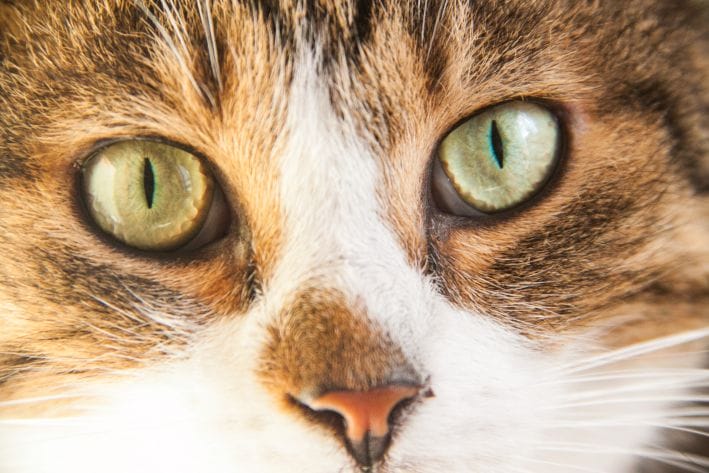You pet a cat, it purrs, and you are sure that this is a sign of bliss?
Scientists from Linköping University have proven that in 40% of cases, vibrations do not mean joy, but stress or pain.
The journal Science has published shocking data: cats use purring as a “manipulative tool” to calm themselves or… control their owners.

"Purring at a frequency of 25-150 Hz is a natural survival mechanism," animal psychologist Karen McComb explains in an interview with National Geographic .
Sounds of this frequency accelerate the regeneration of bones and muscles. That is why injured cats purr: it is a way of self-healing, not an expression of happiness.
Reddit forum member CatLover911 writes:
"My cat purred while dying from a tumor. The vet said it was his way of dealing with the pain."
Another hidden meaning of purring is manipulation. A study in Current Biology found that cats add a high-frequency sound similar to a baby's cry to their usual vibrations.
People subconsciously react to it, rushing to feed their pet.
"My cat turns on this 'mode' strictly at 5am to get breakfast," complains a TikTok user in the comments with 1.3 million views.
But the most unexpected fact was revealed in the book "Secrets of the Cat Brain": kittens purr so that their mother does not lose them. Adult cats retain this habit to "mark" the owner as their territory.
"It's not love, it's a biological program," veterinarian Jackson Galaxy tells BBC Earth podcast.
Check it out: The next time your cat purrs, take a closer look. It might be asking for help, demanding food, or simply reminding you who's boss.
Stop romanticizing purring—or risk becoming a victim of a furry manipulator.
